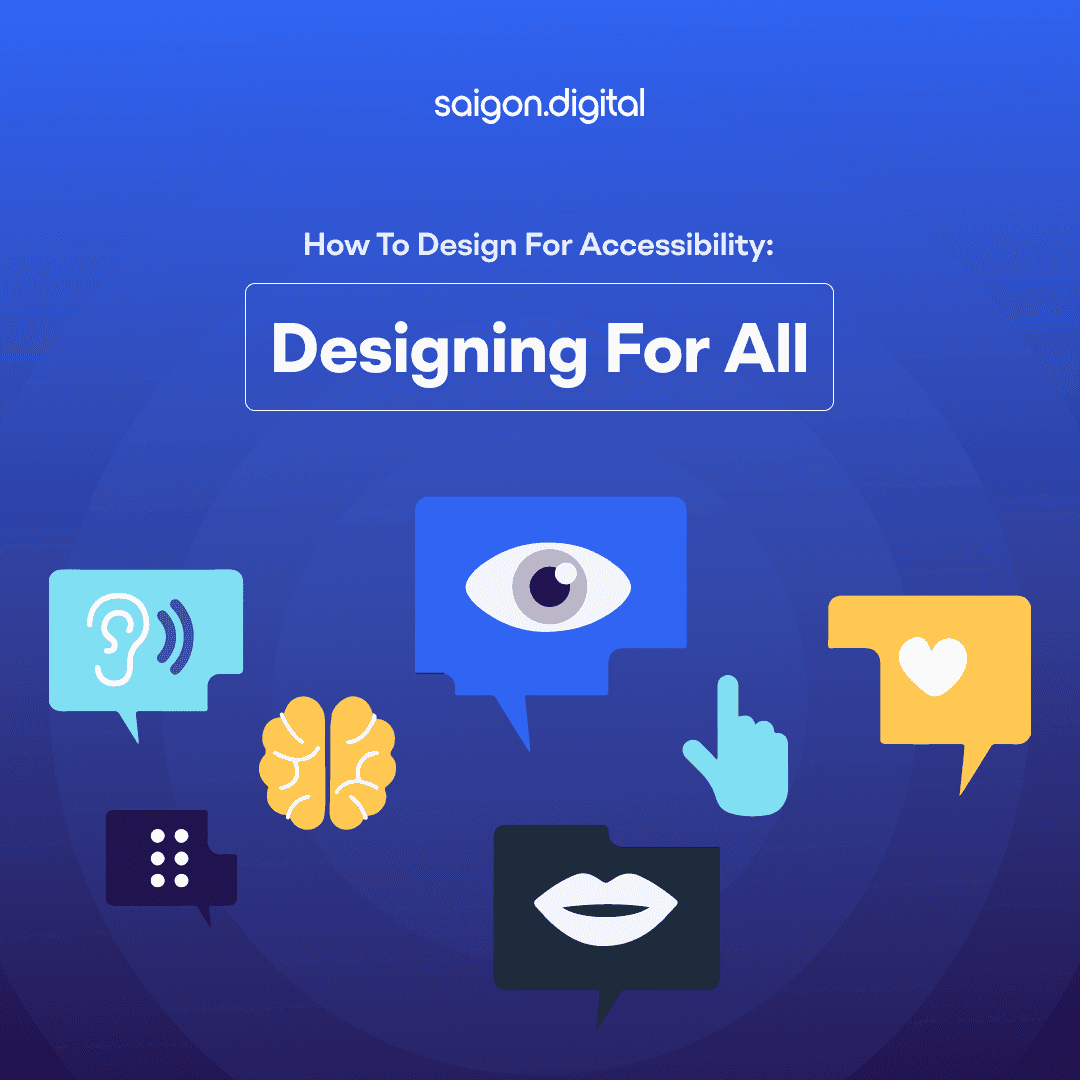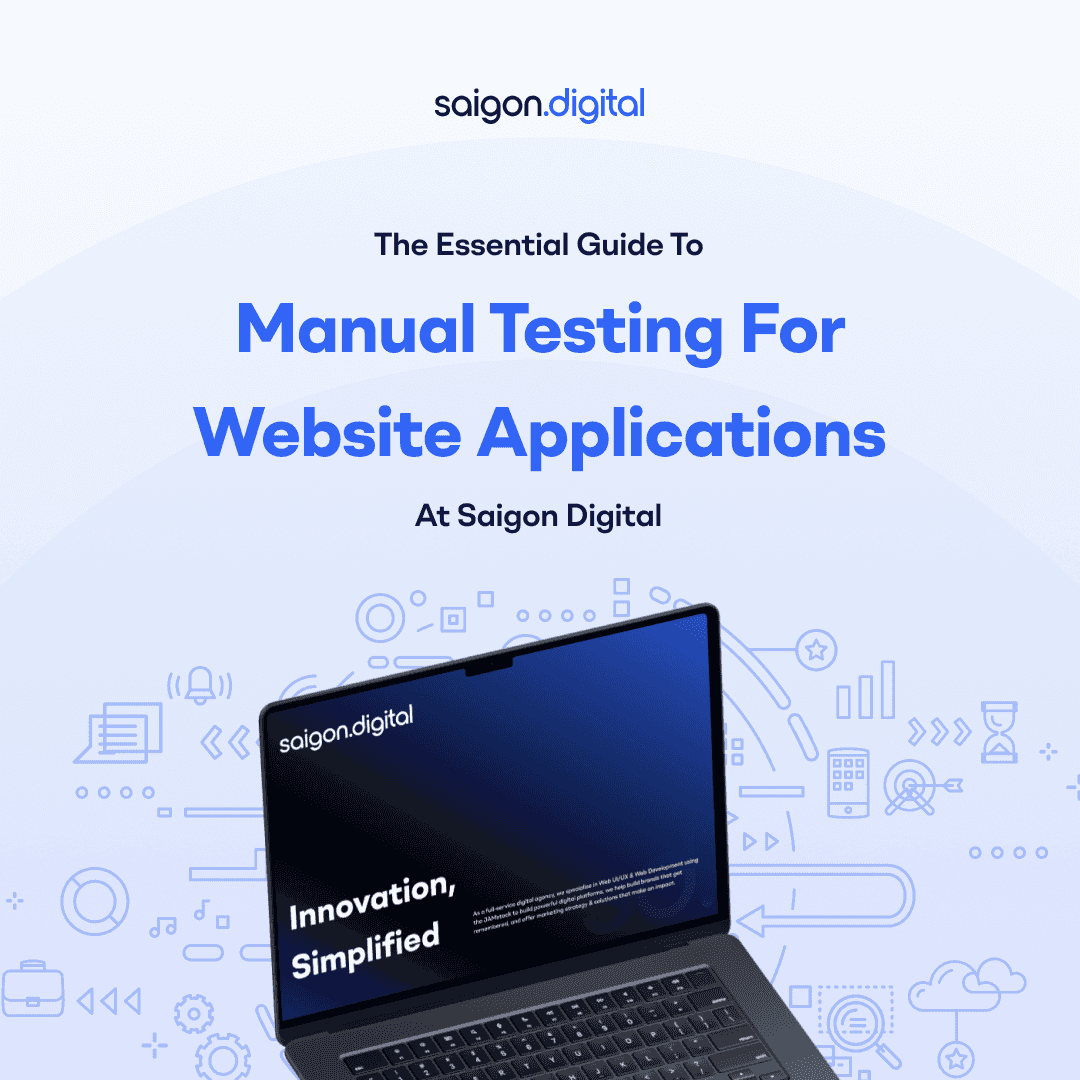What is User Centred Design (UCD)? Definition, Benefits, and Practices (Update 2024)
Want to build products people adore? User-Centred Design (UCD) is your secret weapon. By placing users at the heart of the design process, UCD ensures your digital products meet and exceed expectations.
This article delves into the world of UCD, explaining its benefits and how to implement it successfully.
What is User-Centred Design (UCD)?
User-centred design, often referred to as UCD, is a design approach that puts people at the heart of the product development process. By understanding users’ needs, preferences, and behaviours, designers can create products that are not only functional but also enjoyable to use. This involves conducting thorough research to gain insights into the target audience, and then using these findings to inform every stage of design and development.
>> Read more: Your Guide to a User-Friendly Website
Crucially, UCD is an iterative process. This means that designers continually test, refine, and improve their works based on user feedback. The goal is to create products that are not only usable but also satisfying and emotionally resonant for the end user.
Why is User-Centric Design Important?
User-centric design is crucial because it leads to products that users love. When you focus on the user, you create solutions that are intuitive and efficient. This results in higher user satisfaction and loyalty.
For example, think about your favourite app. Chances are, it’s your favourite because it’s easy to use and meets your needs perfectly. That’s the power of user-centric design.
Core Principles of User-Centric Design
1. Empathy and Understanding
Empathy is at the heart of user-centric design. You need to walk in your users’ shoes to truly understand their needs. This involves conducting user research through surveys, interviews, and observations.
2. Involving Users
Involve users at every stage of the design process.
Use co-design workshops and feedback sessions to gather their insights. This ensures that the product evolves in line with user expectations.
3. Contextual Awareness
Understand the context in which your product will be used.
Consider the environment, devices, and situations in which users will interact with your product. This helps in creating a more relevant and useful design.
4. Usability and Accessibility
Make sure your product is easy to use and accessible to everyone.
Conduct usability testing to identify and fix issues. Ensure accessibility by following guidelines and standards.
The Benefits of User-Centred Design
User-centred design (UCD) is a proven approach to creating products that people love. By focusing on user needs and preferences, businesses can reap significant benefits.
Enhanced User Experience
UCD leads to products that are easier and more enjoyable to use. Happy customers are more likely to recommend your product to others, boosting your brand reputation.
Cost Efficiency
By involving users early in the design process, you can identify and fix problems before they become costly issues. This streamlined approach saves time and money.
Boosted Sales and Revenue
Products designed with users in mind are more likely to succeed in the market. Satisfied customers are repeat customers, driving increased sales and revenue.
Innovation
Listening to your users can spark new ideas and improve your product. UCD fosters a culture of innovation by encouraging a deep understanding of customer needs.
Competitive Advantage
In today’s crowded marketplace, delivering exceptional user experiences is crucial. UCD helps you stand out from the competition by creating products that truly resonate with your target audience.
Moreover, considering accessibility is not just good practice but often a legal requirement. By designing with all users in mind, you create inclusive products that cater to a wider audience.
Ultimately, UCD is an investment in your business’s long-term success. By prioritising user needs, you build stronger customer relationships, improve product quality, and drive business growth.
The User-Centred Design Process
1. Understand Your User
2. Design with Users in Mind
3. Iterate Based on Feedback
Understanding Your User: The Foundation of UCD
Unlocking User Insights Through Research: The first step in the User-Centred Design (UCD) process is to deeply understand who your users are. This involves engaging in comprehensive user research, employing methods such as surveys, interviews, and observations to uncover the needs, preferences, and challenges of your target audience.
By synthesising this data into personas, designers can maintain a user-focused approach throughout the project lifecycle, ensuring that design decisions are grounded in real user insights.
Designing with Users in Mind: From Insights to Interaction
Translating Research into Design Solutions: With a clear understanding of your users, the next phase involves translating these insights into actionable design decisions. This step sees the creation of sketches, wireframes, and prototypes as tools to visualize solutions that address user needs.
Critical to this stage is the inclusion of users through usability testing, allowing for early detection and rectification of potential issues. This approach ensures that designs are not only aesthetically pleasing but are also functional and easy to use from the user’s perspective.
Iteration Based on Feedback: Refining for Excellence
The Iterative Nature of Enhancing User Experience: UCD is characterised by its iterative nature, a cycle of refinement that revolves around user feedback. This phase involves presenting prototypes to users, gathering their feedback, and using these insights to refine the design.
This iterative process of testing, feedback, and revision is crucial for honing in on a design that truly resonates with users and meets their needs. By continuously refining the design based on user input, designers can ensure the final product is not just usable but also delightful and effective.
Best Practices for Implementing UCD
- Embrace a collaborative approach
- Prioritize accessibility from the start
- Stay flexible and open to change
- Keep learning and adapting
User-centred design is not just a method; it’s a mindset. Nowadays, adopting a UCD approach is essential for creating digital products that are not only functional but also delightful to use.
By focusing on users, their needs, and their feedback, UX professionals can create products that truly resonate. This ensures your product stands out from the competition. Embrace UCD, and watch your digital products transform from mere functionalities into meaningful, user-driven experiences.
Real-Life Example: Airbnb
Airbnb is a great example of user-centric design. The company conducts extensive user research to understand both hosts’ and guests’ needs. By involving users in the design process, Airbnb creates a seamless and enjoyable experience for both parties.
Crafting the core of user-centric design means putting the user at the forefront of every decision. By understanding and prioritising their needs, you create products that not only function well but also delight and engage. Remember, the key to successful user-centric design is empathy, involvement, contextual awareness, and a relentless focus on usability and accessibility.
Unlock the Power of UCD with Saigon Digital
Ready to elevate your digital product? Saigon Digital specialises in user-centred design, crafting exceptional digital experiences that drive results. Let our experts guide you through the UCD process, from in-depth user research to the creation of intuitive, engaging interfaces. Contact us today to discuss your project and discover how we can help you achieve your goals.









